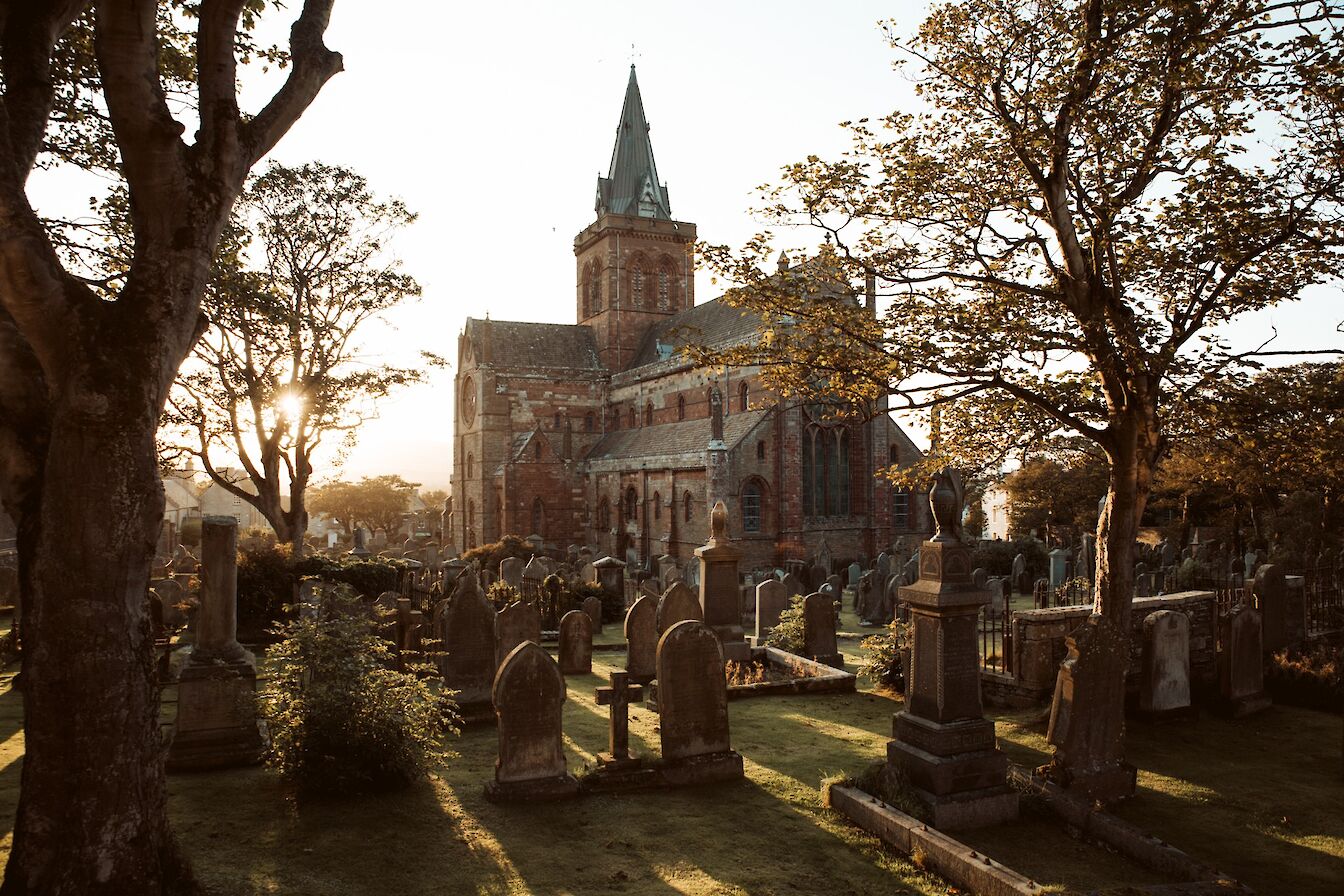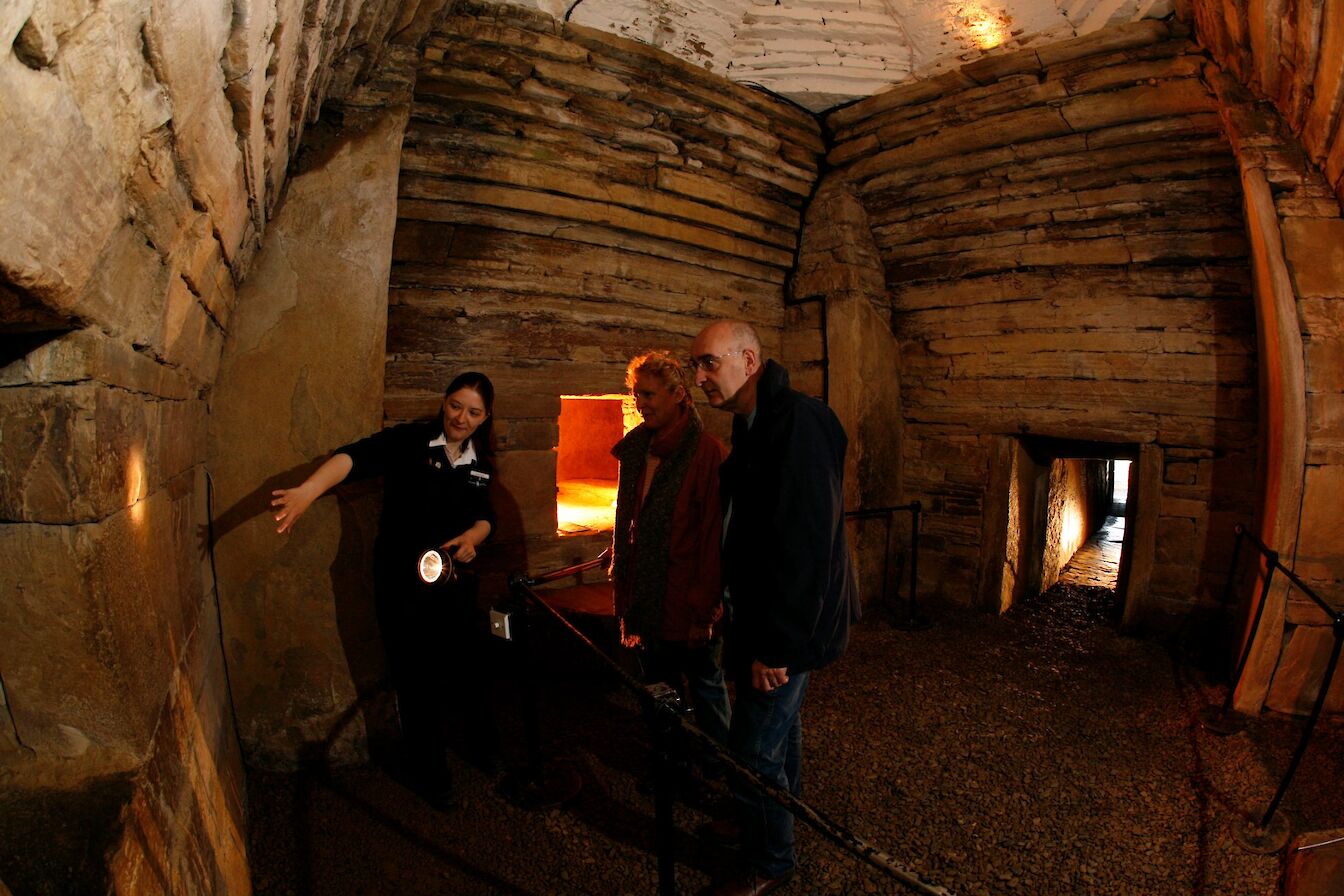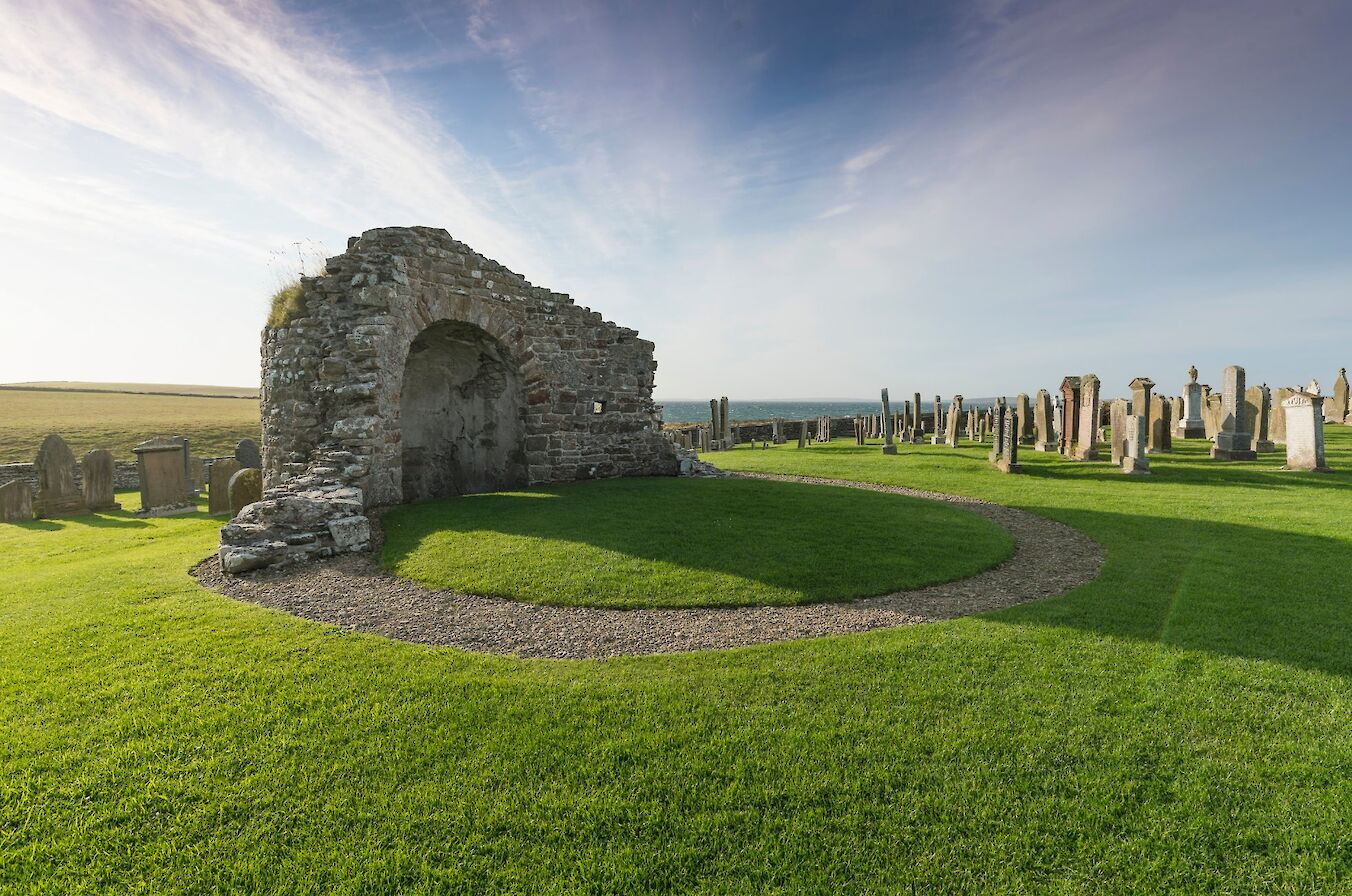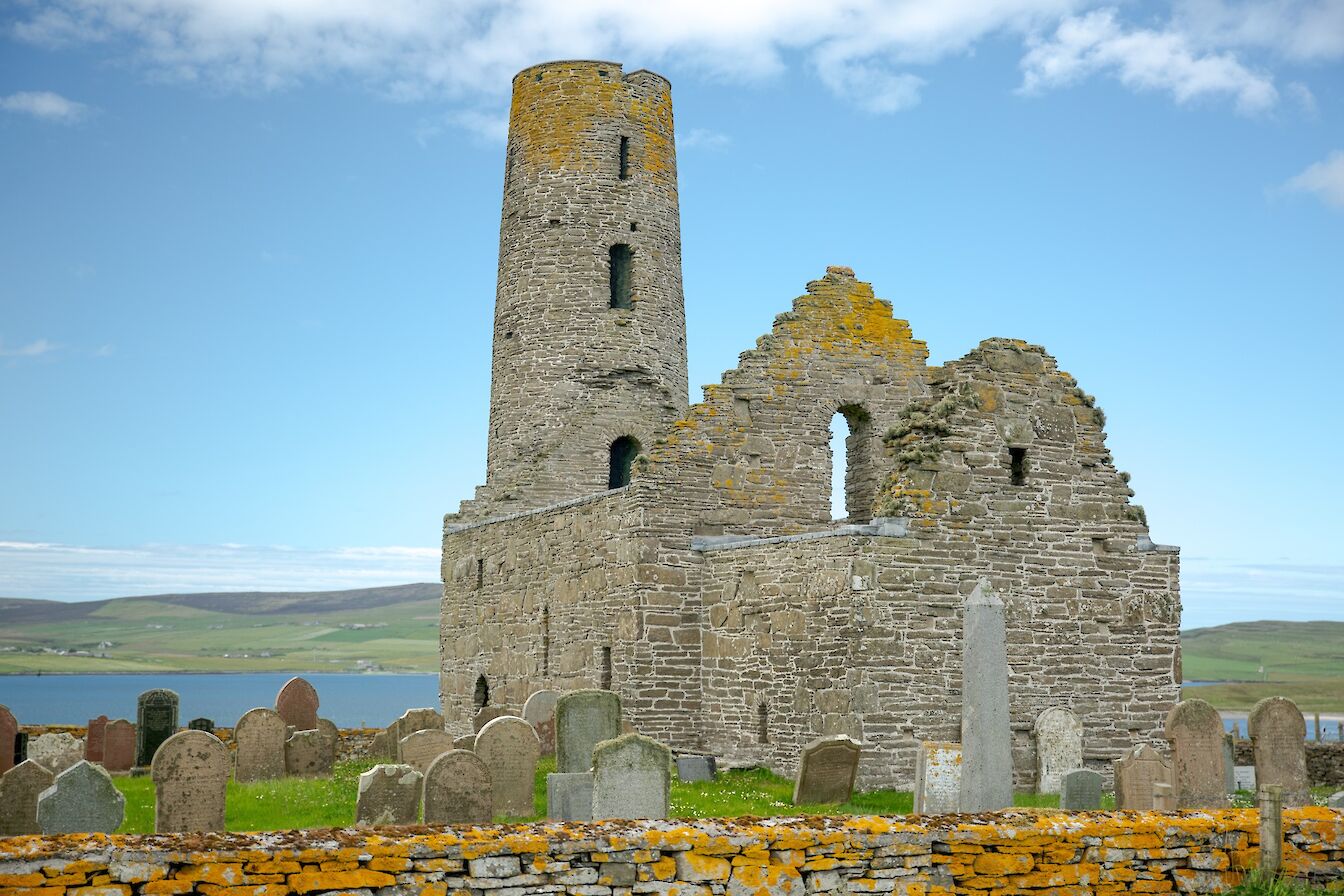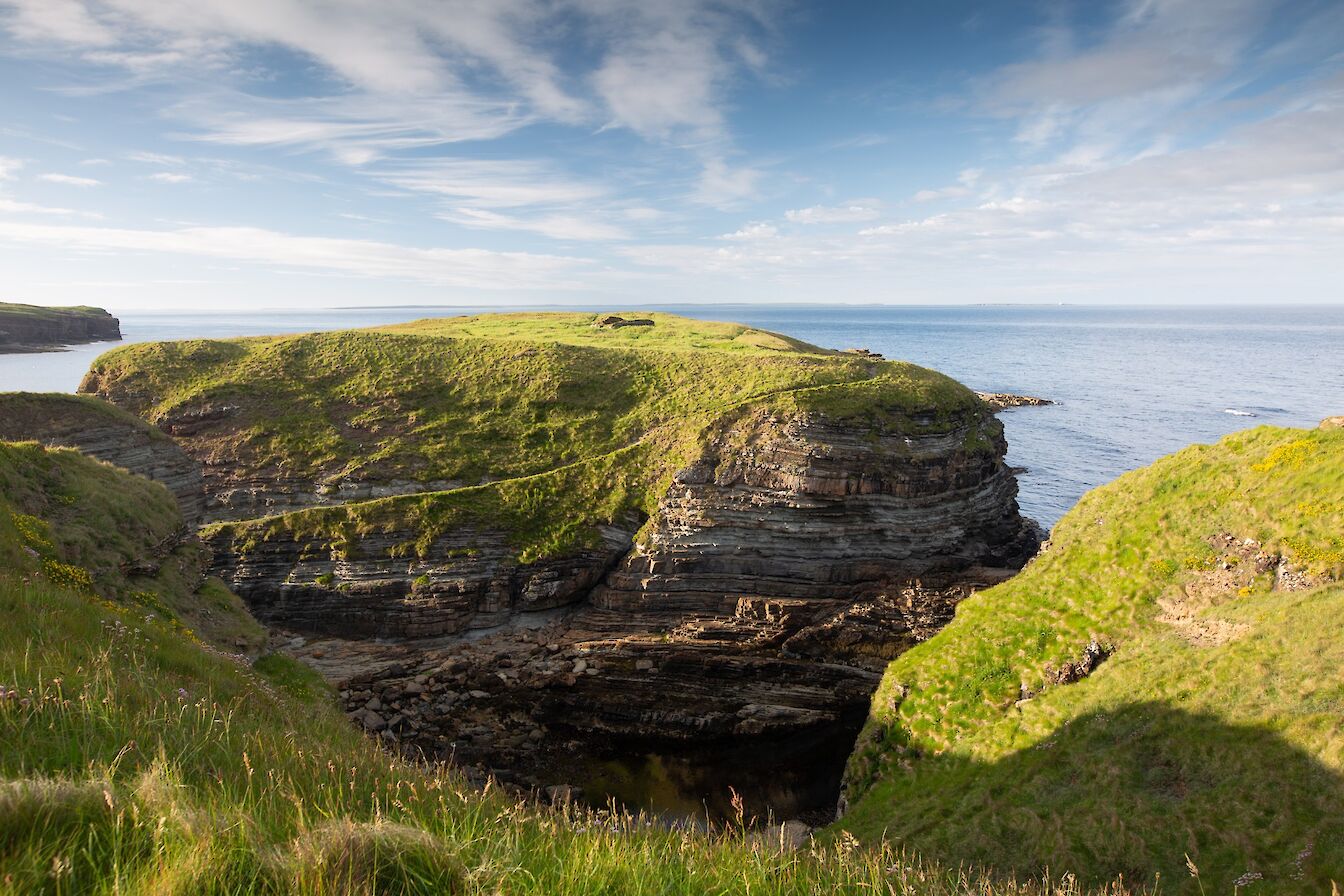The legacy of Orkney’s Viking past as a seat of great power in the Norse empire remains strong to this day.
Travel throughout the islands and you’ll see countless place names that are unmistakably Scandinavian in origin, along with fascinating archaeological sites where one can almost sense a Viking presence. Genetic studies have found that many Orcadians are actually descended from the Norse people who settled the islands in the late 8th century. That heritage is still immensely important within our community.
In the centuries following the arrival of the Norse in Orkney, the islands grew to become one of the most strategically important jewels in the Scandinavian crown, serving as a focus for trade, a strategic base and a launching off point for voyages and raids. The great story of Orkney’s Viking age is told in the Orkneyinga Saga, written in Iceland in the 12th century.
Orkney remained part of a Scandinavian kingdom until 1468 when the islands were pawned to the Scottish Crown by Christian I of Denmark as a dowry for his daughter’s marriage to James III of Scotland.
Key Viking sites in the islands include St Magnus’ Kirk in Birsay and the nearby Brough of Birsay, the Maeshowe chambered tomb with its Norse graffiti, and the island of Egilsay, where St Magnus was martyred. The most iconic of Orkney’s Norse sites is the magnificent St Magnus Cathedral, a splendid medieval building which was at the heart of the powerful Earldom of Orkney. You can even follow a 55-mile walking route in Orkney to explore the life and legacy of St Magnus - the St Magnus Way takes in many of our Viking sites.
Follow the sagas across Orkney to experience the Norse heritage of the islands.
